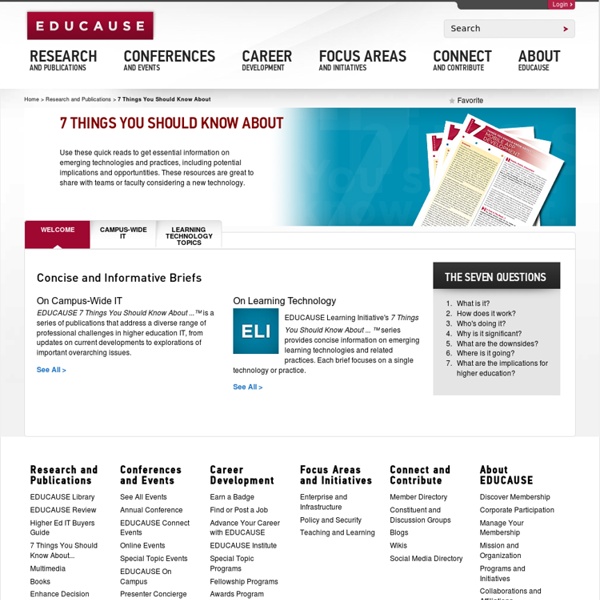



Horizon Report Login or Create New Account Member Spotlights RIT Launches Nation’s First Minor in Free and Open Source Software and Free Culture Partner News NMC Partners with the Balboa Park Online Collaborative iTUNES U Ideas that Matter and More High Quality, Free EdTech Content Sparking innovation, learning and creativity. > Publications > NMC on iTunes U > Creative Commons NMC Horizon Report > 2014 Higher Education Edition The NMC Horizon Report > 2014 Higher Education Edition is a collaborative effort between the NMC and the EDUCAUSE Learning Initiative (ELI), an EDUCAUSE Program. > Download the NMC Horizon Report > 2014 HiEd Edition PDF (English) > Download the Chinese Translation PDF (via Beijing Open University) > Download the German PDF (via Multimedia Kontor Hamburg) > Download the Japanese PDF (via Open University of Japan) > Download the Portuguese PDF (via Colégio Bandeirantes) > Download the Spanish PDF (via Universidad Internacional de La Rioja - UNIR) > Download the Preview PDF Tags: 2014 News
photoboother.com - create photobooth strips from your digital pictures TeachLearnTech ‘Tis the season and all, but it’s not really that kind of a story. Not that kind of epiphany. Or maybe it is. I guess it just depends on what’s important to you, and for some people “the” Epiphany is a big deal. Our story starts in now what is rapidly becoming last month. Coming from the music world, performance is second nature to me. In music, and other performance-based classes, the show’s the thing. The Wise Man’s Vision I’m fortunate in that for my teaching career I worked with two good principals. Anyway, Barry used to observe my class, as principals are wont to do, and would talk to me afterwards and say things like, “You do such a good job of going from whole-class instruction, to small-group instruction, to individualized instruction. “No,” he would argue, humoring me, “it’s more than that.” He would tell me that he wished we could figure out a way to help other teachers bring more of this “rehearsal” style into their classrooms. Away on Yonder Star Repeat the sounding joy
Best Class Blogs for 2012 The winner of the Best Class Edublog 2012….2,924 votes –Winner: Mrs. Yollis’ Classroom Blog (317 votes) –Runner Up: Fabulous 5S (217 votes) –Runner Up: 4KM And 4KJ @ Leopold Primary School (207 votes) –Runner Up: 3/4C & 3/4K @ UPPS (205 votes) –Runner Up: 3/4C @ The Junction (186 votes) Shortlisted Finalists Powered by WordPress | Hosted by Edublogs | Protected by CloudFlare Skip to toolbar